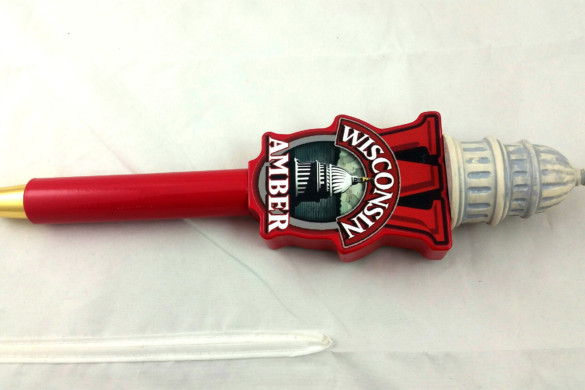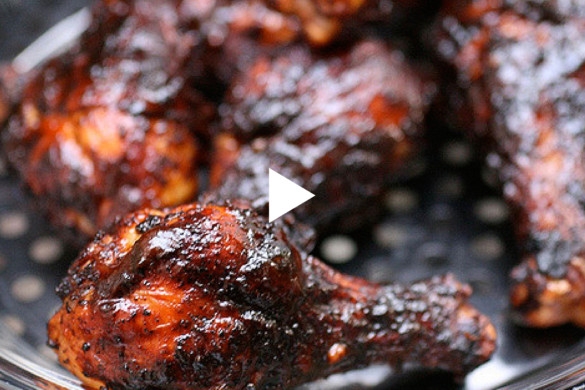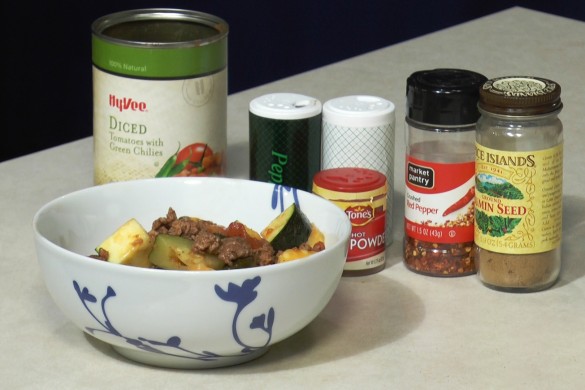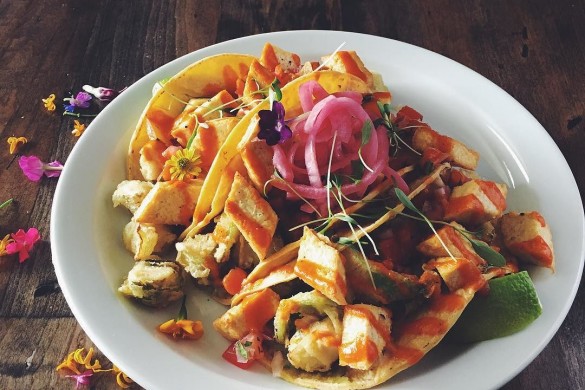A history of Minnesota’s most revered meal—-and don’t call it a casserole
Words by Gracie Piper
Graphic by Emily VanSchmus
A concoction of browned beef, onions, frozen corn, green beans and a hefty helping of canned cream of mushroom soup—all topped with tater tots and baked to perfection. If you’re from the Midwest, it’s a casserole. If you’re from the coasts, it’s a mystery. But if you’re from Minnesota, it’s a hotdish.
The hotdish’s hearty and humble wartime beginnings make it the revered, unofficial meal of Minnesota.
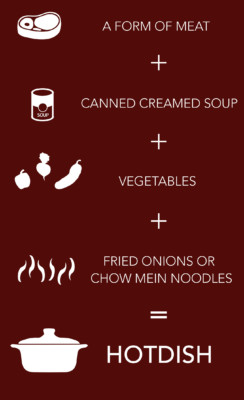 In World War I-era America, the then-future U.S. president Herbert Hoover was the head of the United States Food Administration. He developed a voluntary conservation program with the slogan “Food Will Win the War.” Under the program, food was rationed to send to soldiers overseas. Portions of the saved foods were combined into family-sized meals called hot pots—or the hotdish, version 1.0.
In World War I-era America, the then-future U.S. president Herbert Hoover was the head of the United States Food Administration. He developed a voluntary conservation program with the slogan “Food Will Win the War.” Under the program, food was rationed to send to soldiers overseas. Portions of the saved foods were combined into family-sized meals called hot pots—or the hotdish, version 1.0.
Hotdish 2.0, the beloved modge-podge meal of present-day Minnesota, was perhaps one of the warmer and more positive consequences of the Great Depression, becoming a part of modern Midwestern folklore. Funds were limited—as were meats and fresh vegetables—but households were crowded with relatives and boarders. Inexpensive meals that could feed large families—like the hot pots of World War I—were staples.
Documentarian Maria Bartholdi—writer and producer of the film, Minnesota Hotdish: A Love Story—may have said it best: “Even though the Great Depression isn’t our favorite chapter of American history, it may have done at least one bit of good: securing the hotdish as a food staple.”
While the “meat + canned soup + vegetables + crunchy stuff” formula was a product of this trying economic time, the term “hotdish” was coined by Mrs. C.W. Anderson of the Mankato, Minnesota Grace Lutheran Ladies Aid. Mrs. Anderson was the first recorded person in Minnesota history to call the crunchy concoction a hotdish.
Fry two pounds of hamburger. Fry but not till brown, two large onions. Boil in salted water until tender one box Creamettes. Put in baking dish the fried hamburger, onions, creamettes and add one bunch of celery cut up, one can of peas, 1 can of tomato soup and 1 quart tomatoes, salt and pepper. Stir all together and add enough water so liquid covers all; bake.”
-Cookbook: Grace Lutheran Ladies Aid
And 86 years later, this church-lady-approved concoction is still a staple of Minnesotan culture and diets.
Minnesota’shot love affair with hotdishes extends beyond graduations, weddings and funerals. Hotdishes on a stick at the Minnesota State Fair, songs and congressional cooking competitions all prove that the hotdish is a quintessential presence at any celebratory Minnesotan gathering, reminding diners of their family, home and history.



